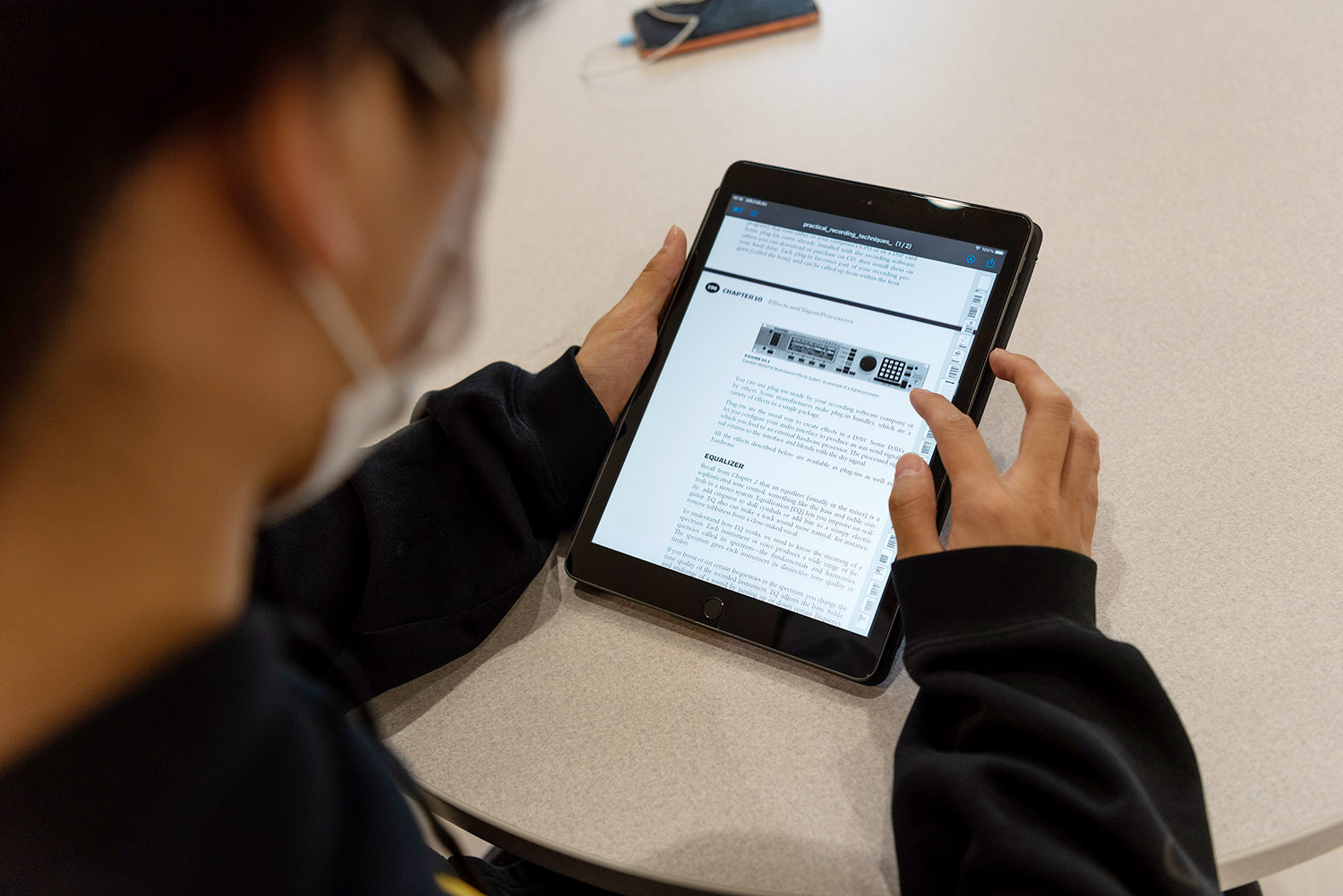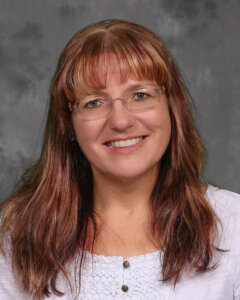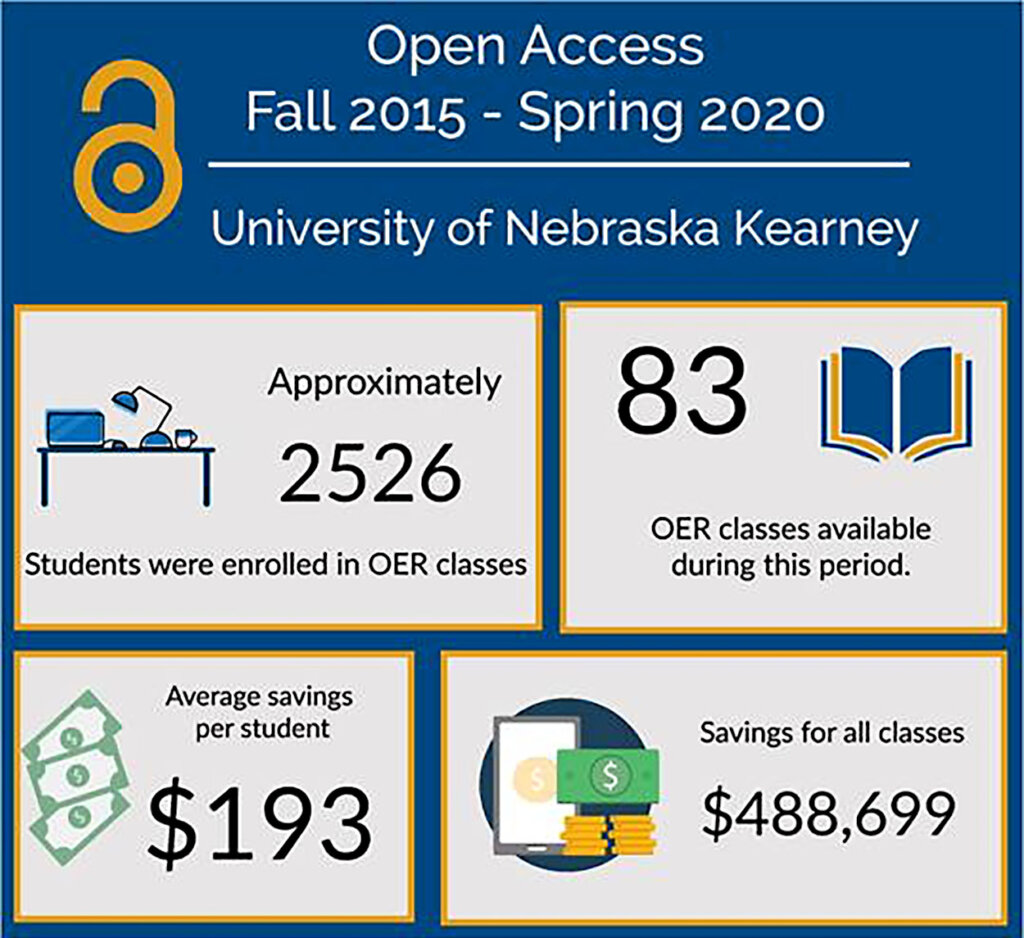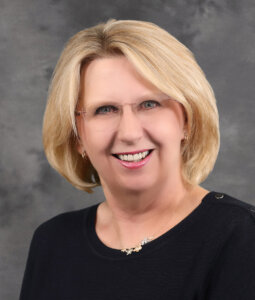
By TYLER ELLYSON
UNK Communications
KEARNEY – Kim Carlson knows firsthand how frustrating it can be to spend a couple hundred dollars on a college textbook that gets used for one semester.

The University of Nebraska at Kearney biology professor went through the process this summer when her son Zane enrolled in classes as a freshman.
“I know how expensive books are, and it’s ridiculous,” Carlson said.
According to survey data from the College Board, the average full-time, on-campus undergraduate student at a four-year school spent an estimated $1,240 on books and supplies during the 2019-20 academic year.
That number is lower at UNK – the state’s most affordable university – but it’s still around $950 per year.
Although colleges and universities can’t control the price of books, there are other ways to keep those costs in check and ensure higher education remains an affordable option for students.
UNK accomplishes this through its Open Educational Resources (OER) program.
AFFORDABILITY AND FLEXIBILITY
Launched in 2015, this initiative lowers the cost of course content by utilizing educational materials that are freely available online. Instead of requiring a traditional textbook, participating faculty teach their courses using resources contained in digital media collections. This includes videos, lectures, webpages, journals, quizzes, pedagogical materials and lab and classroom activities, as well as open-access textbooks and full course outlines.
To qualify as an OER course, a student’s cost for materials can’t exceed $40, with the exception of lab kits.
Supported by a grant from the University of Nebraska President’s Office, UNK started its OER program as a pilot project that included four introductory-level classes in biology, English, political science and teacher education.
 The campuswide initiative has continued to grow since then.
The campuswide initiative has continued to grow since then.
From fall 2015 to spring 2020, a total of 83 classes taught by 50 different faculty members were offered as part of the OER program, with more than 2,500 students enrolled in these courses. The program saved each student an average of $193 in textbook costs, with the total savings reaching $488,699.
Carlson, a member of the OER committee since its inception, currently offers two courses without textbook costs, including a Genetics in Popular Culture class where she utilizes movies, books and TV shows as teaching materials.
In addition to saving students money, Carlson said the OER program provides flexibility for faculty, who don’t feel obligated to cover a textbook from front to back.
“As a faculty member, it gives you a lot of freedom,” she said. “You’re not confined to that book. Faculty can pull anything they want into their course and use it as teaching material.”
By introducing fresh content, the courses remain up to date and exciting for students.
“The dollar amount is obviously very important, but what really resonates with me is the interactivity and engagement in OER courses. The material is always very relevant,” said Jane Petersen, UNK director of Academic Technology and Client Services for NU Information Technology Services.
Accessibility is another benefit of the OER program. Through Canvas, UNK’s learning management system, students can access course materials online, eliminating the need to carry around a physical textbook.
“A lot of times when faculty start classes with a textbook, students don’t even have it by the second week. With OER, faculty are ready to start teaching on Day 1 because they have the material available for students,” Petersen said.
Like Carlson, Petersen has been part of the OER committee since its creation. Other members are Rochelle Reeves from Calvin T. Ryan Library, Steven McGahan from UNK eCampus and Don Ray from ITS Academic Technology.
INCREASING INTEREST
Each faculty member selected for the OER program is assigned a librarian and instructional designer from ITS Academic Technology or eCampus to help them set up the course and identify resources. Faculty also receive stipends of $500 per course credit hour each semester to convert their courses to OER.

Carlson has heard from more faculty members interested in OER since the COVID-19 pandemic forced UNK to finish the spring semester through remote learning.
“When we had to go remote, a lot of people started rethinking the way they teach,” she said. “I’ve been helping a lot of people reorganize their classes to make them more open access.”
With assistance from UNK, the University of Nebraska-Lincoln, University of Nebraska at Omaha and University of Nebraska Medical Center also established OER programs, and the NU campuses formed a collective group.
NU ITS is working with all four campuses to develop a course marking system, allowing students to identify OER classes when they’re registering.
Carlson and Petersen hope to see the number of OER classes continue to increase at UNK, along with funding for the program, which is currently supported by eCampus.
“We need to continue to make higher education valuable and affordable for our students,” Petersen said.